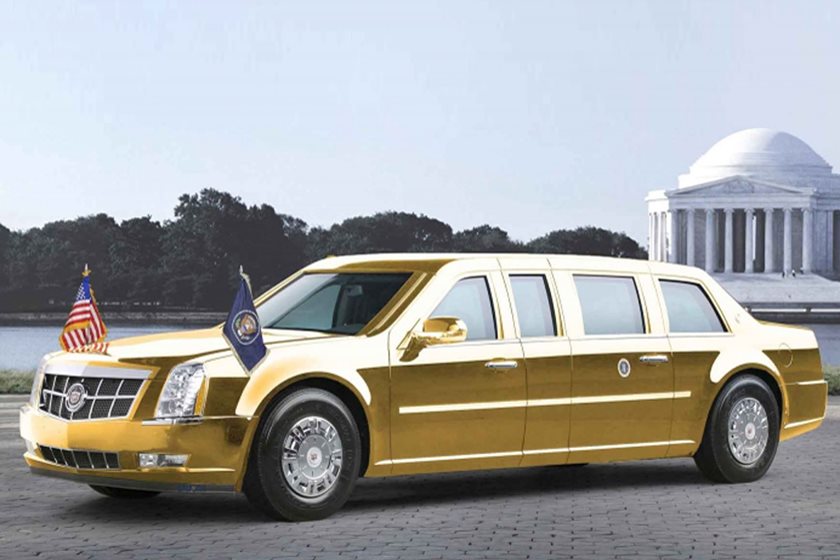More than a year after it was expected to arrive, President Donald Trump’s new wheels will arrive shortly. Affectionately known as the Beast 2.0, the new presidential limo will officially enter service this summer. The current fleet of presidential limousines debuted on Barack Obama’s first Inauguration Day in 2009. It was expected that Trump would be presented with his own version at his inauguration in 2017, but the car wasn’t quite ready yet.

However, according to Fox News, the Secret Service now has its hands on at least one of the new presidential limos and is putting the final touches on it. “We’ve completed our task and we’ve handed over the vehicle to the customer,” Cadillac President Johann de Nysschen told Fox. A spokeswoman for the U.S. Secret Service added that “the program to build and deploy the next generation of Presidential limousines is on track and on schedule — both in terms of vendor production and internal Secret Service post-production requirements. The public can expect to see the new vehicles put into operational use late summer of this year.”

Prototypes of the Cadillac-built state car have been spotted wrapped in black and white camouflage and is expected to look significantly different than the previous model, shown here. Based on a heavy-duty truck platform and sporting modern Cadillac cues, GM will build a dozen versions of the limo under a $15.8 million contract with the U.S. Government. Like the current presidential limo, The Beast 2.0 will feature reinforced doors, extra thick bulletproof windows, technology to prevent the effects of an EMP blast, and an air filtration system to protect from a biological attack. More detailed details would be a risk to national security.

Cadillac has built every presidential limousine since 1993, a distinction the brand views as an important association. “It’s always been part of our heritage and tradition, we have transported presidents over time, and we hope to be able to do so in the future, as well.” de Nysschen added.



